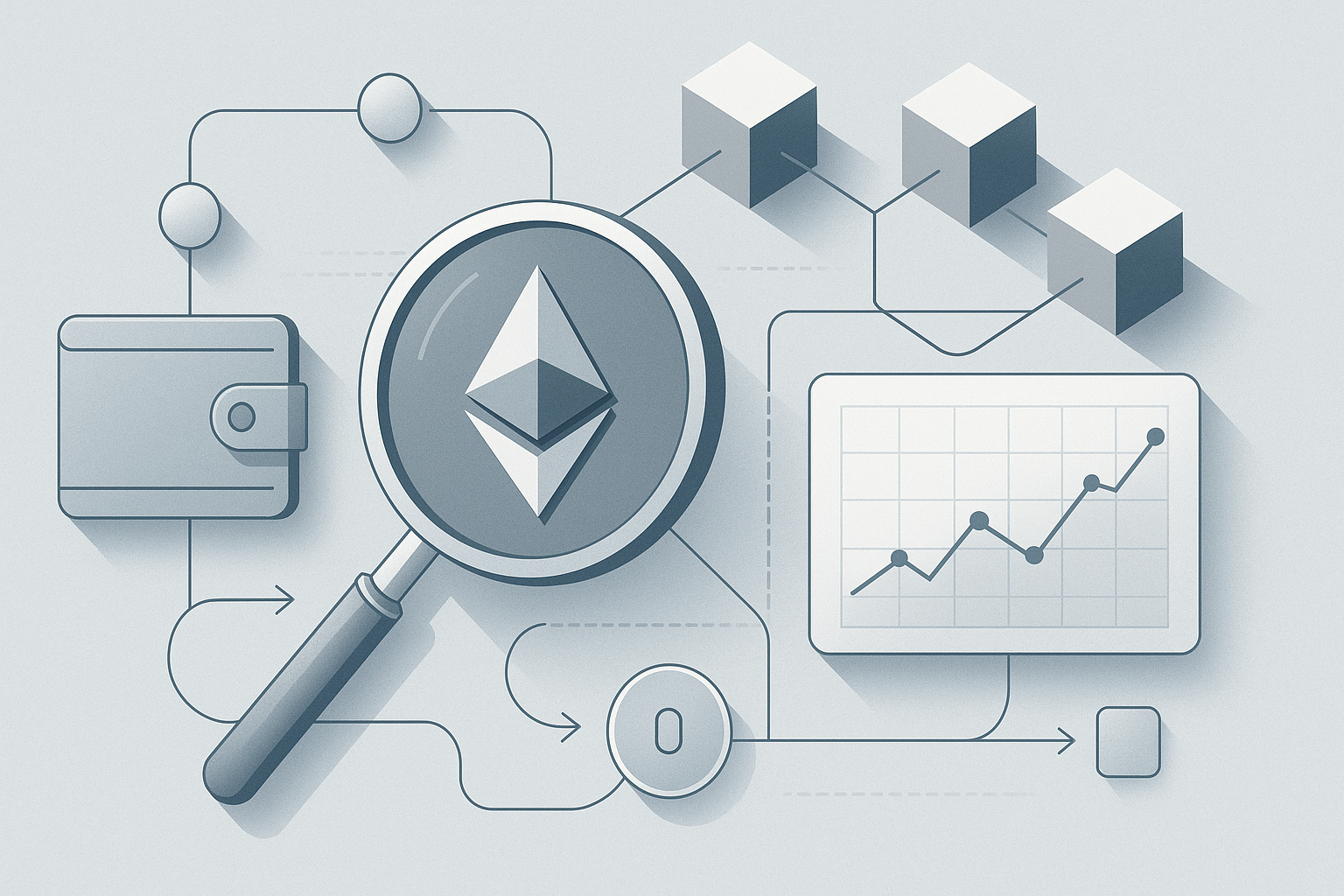Update from Ethereum’s core teams points to a December launch window for Fusaka, a major upgrade that will intersect with how crypto wallets operate on the network. The news comes as node operators and service providers prepare for a coordinated shift that will ripple through on-chain data, user experience, and the wider market.
Become a Doc: Profile Ethereum wallets and discover their behavior.
Use WalletAutopsy.
Background on Fusaka and upgrade scope
Context around Fusaka centers on improving efficiency and resilience within Ethereum’s protocol. Early discussions describe the upgrade as a set of changes aimed at boosting throughput while preserving security. Decrypt reported that developers have targeted December as the deployment window, a timeline that invites scrutiny from node operators and wallet builders across the ecosystem. The project team emphasizes that the upgrade is designed to work with existing clients and wallet interfaces, seeking a smoother migration path for users who rely on crypto wallets to access funds and services. The overall aim remains to bolster confidence in the network’s ability to handle higher transaction volumes without compromising safety.
What December date signals for users, wallets, and developers
Takeaway for users and operators is that December could bring a coordinated update across client stacks and wallets. For crypto wallets, the schedule implies a need to monitor compatibility and potentially perform client or wallet application upgrades to maintain on-chain interoperability. It also means exchanges and custodians may prepare for a window where monitoring and rollback plans are in place. Strong crypto analytics frameworks will likely track the event for any signs of stress in mempool activity or transaction confirmation times, while blockchain analytics teams study on-chain data to assess the upgrade’s health.
On-chain readiness and deployment timeline
Readiness for the Fusaka upgrade depends on coordinated testing across multiple Ethereum clients and the ability to interpret the upgrade’s effects on state transitions. Engineers will run extensive tests on testnets to simulate post-upgrade behavior, looking for edge cases that could disrupt consensus or cause unexpected fee dynamics. The rollout is generally described as a phased effort, with monitoring and contingency plans in place, should anomalies emerge in coverage across nodes or exchanges. For participants, this means keeping an eye on release notes from major clients and wallet providers, and preparing to apply updates in a timely fashion. The goal is to minimize disruption while confirming that the upgrade fulfills its stated objectives, which include reliability and efficiency gains across the network.
Impact on blockchain analytics and market participants
Impact for traders and institutions is likely to show up in liquidity, risk signals, and volatility around the date. Crypto analytics teams will scrutinize the activity, as moves in gas fees and transaction throughput can cascade into timing for settlements and cross-chain flows. In the eye of observers, Ethereum’s upgrade cycle often creates a period of heightened attention in the crypto analytics space, with analysts watching correlation between gas prices and token movements. On-chain metrics will be the measuring stick for progress, as analysts pore over on-chain data to determine whether the upgrade achieves its stated goals. In this context, the role of the various crypto wallets becomes central, as users seek to maintain access to funds without interruptions. The data produced by blockchain analytics firms will feed models that assess risk exposure for miners, validators, and liquidity providers, and these insights can influence how institutions manage exposure to Ethereum-based assets.
What to watch in the weeks ahead
Forecast for the next weeks points to a steady stream of testnet results, client release notes, and community discussions about risk management. Wallet providers and custodians will publish compatibility notices and, in some cases, update advisories for users. Market participants will likely compare Ethereum price action with the unfolding upgrade news, while researchers in crypto analytics continue to refine models for how upgrades impact network health. Media coverage from Decrypt and other outlets will inform the broader picture, but readers should rely on on-chain signals that show how Fusaka behaves under different conditions. The aim is to deliver clear, factual context about what the December date means for everyday users, developers, and investors who track the chain closely.
Historical context and what comes next
Context readers should note that upgrade cycles have historically influenced timelines and expectations, but each push remains subject to testing outcomes and community consensus. The December target for Fusaka signals a continued push toward higher capacity and safer upgrades, but it also places emphasis on governance and the readiness of critical infrastructure, including crypto wallets and service providers. Observers will be watching for official communications from the Ethereum Foundation, project teams, and major clients as they publish schedules, test results, and recommendations for operators. The cadence of updates, the transparency of risk disclosures, and the availability of tools for monitoring on-chain activity will shape how the community perceives progress. The story remains ongoing, and the public will learn more as the calendar approaches the month of deployment.
Conclusion
Conclusion remains that Fusaka represents a milestone in the ongoing evolution of Ethereum, with implications for users, developers, and markets. The December date provides a clear anchor for planning across wallets, exchanges, and analytics platforms, but the success of the upgrade will depend on careful coordination, robust testing, and timely communications. As the industry observes, analysts will use on-chain data and traditional market indicators to gauge readiness and resilience, while crypto wallets adapt to new rules and interfaces that aim to keep funds accessible and secure. The coming weeks will reveal how ready the ecosystem is to absorb the change, and the response will shape expectations for future upgrades that continue to push the network forward.
